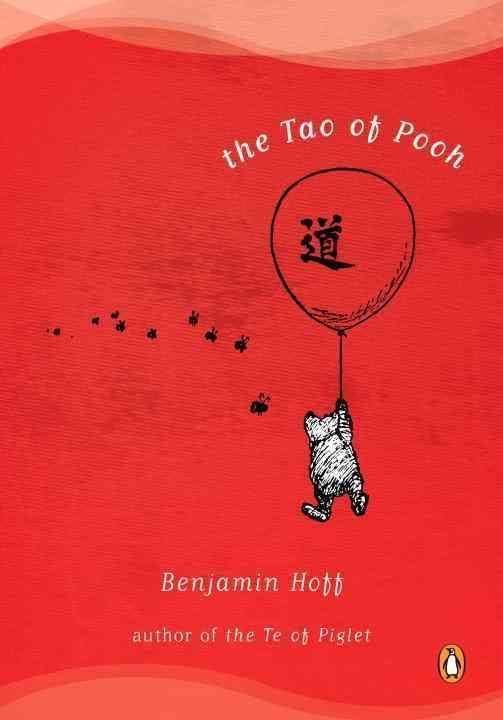8.4 /10 1 Votes8.4
4.3/5 Barnes & Noble Publication date 1982 ISBN 0-525-24458-1 | 4/5 Goodreads Language English Publisher Dutton Books Pages 158 Originally published 1982 Page count 158 Illustrator Benjamin Hoff | |||||||||||||||||||||||||||||||||
 | ||||||||||||||||||||||||||||||||||
Similar Winnie-the-Pooh books, Other books | ||||||||||||||||||||||||||||||||||
Benjamin hoff the tao of pooh
The Tao of Pooh is a book written by Benjamin Hoff. The book is intended as an introduction to the Eastern belief system of Taoism for Westerners. It allegorically employs the fictional characters of A. A. Milne's Winnie-the-Pooh stories to explain the basic principles of philosophical Taoism. Hoff later wrote The Te of Piglet, a companion book.
Contents
- Benjamin hoff the tao of pooh
- The tao of pooh by benjamin hoff presented by the voracious reader
- Background
- Synopsis
- Reception
- Table of contents
- References
The tao of pooh by benjamin hoff presented by the voracious reader
Background
Hoff wrote the book at night and on weekends while working as a tree pruner in the Portland Japanese Garden in Washington Park.
Synopsis
The book starts with a description of the vinegar tasters, which is a painting portraying the three great eastern thinkers, Confucius, the Buddha, and Laozi over a vat of vinegar. Each tasting the vinegar of "life," Confucius finds it sour, the Buddha finds it bitter, but Laozi, the traditional founder of Taoism, finds it satisfying. Then the story unfolds backing up this analogy.
Hoff presents Winnie-the-Pooh and related others from A. A. Milne's stories as characters that interact with him while he writes The Tao of Pooh, but also quotes excerpts of their tales from Milne's actual books Winnie-the-Pooh and The House at Pooh Corner, in order to exemplify his points. Hoff uses many of Milne's characters to symbolize ideas that differ from or accentuate Taoist tenets. Winnie-the-Pooh himself, for example, personifies the principles of wei wu wei, the Taoist concept of "effortless doing," and pu, the concept of being open to but unburdened by experience, and it is also a metaphor for natural human nature. In contrast, characters like Owl and Rabbit over-complicate problems, often over-thinking to the point of confusion, and Eeyore pessimistically complains and frets about existence, unable to just be. Hoff regards Pooh's simpleminded nature, unsophisticated worldview and instinctive problem-solving methods as conveniently representative of the Taoist philosophical foundation. The book also incorporates translated excerpts from various prominent Taoist texts, from authors such as Laozi and Zhuangzi.
Reception
The book was on the New York Times bestseller list for 49 weeks.
It was used as required reading in certain college courses.
Table of contents
- Foreword
- The How of Pooh? (p. 1)
- The Tao of Who? (p. 9)
- Spelling Tuesday (p. 23)
- Cottleston Pie (p. 37)
- The Pooh Way (p. 67)
- Bisy Backson (p. 91)
- That Sort of Bear (p. 115)
- Nowhere and Nothing (p. 141)
- The Now of Pooh (p. 153)
- Backword (p. 157)
